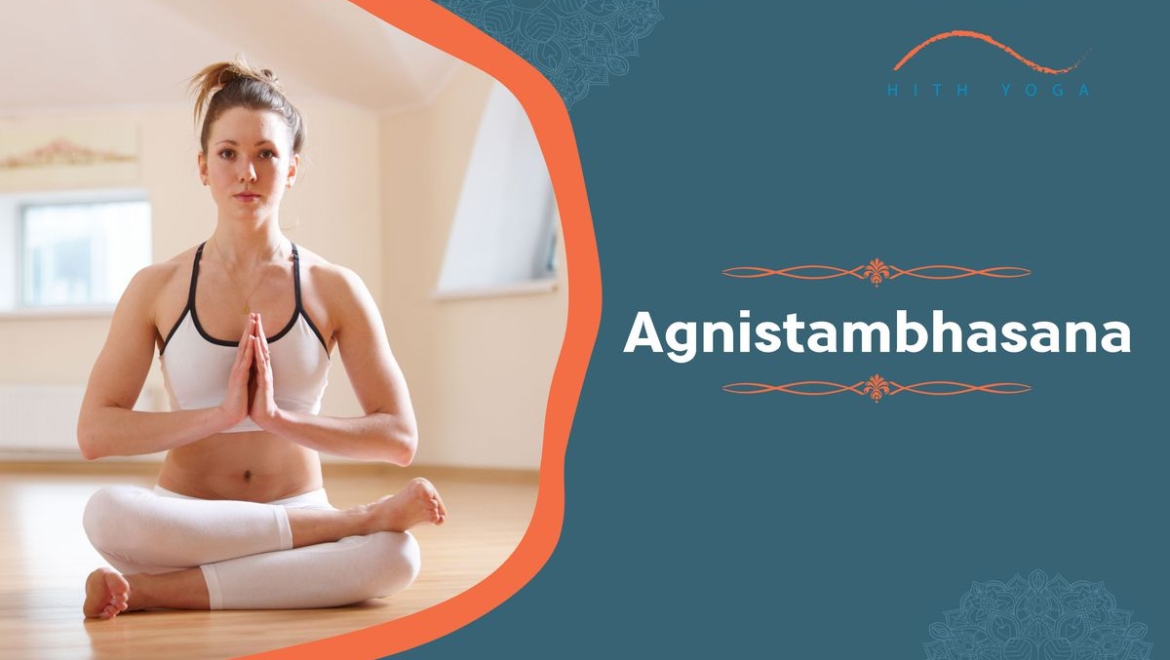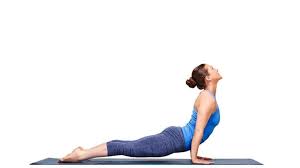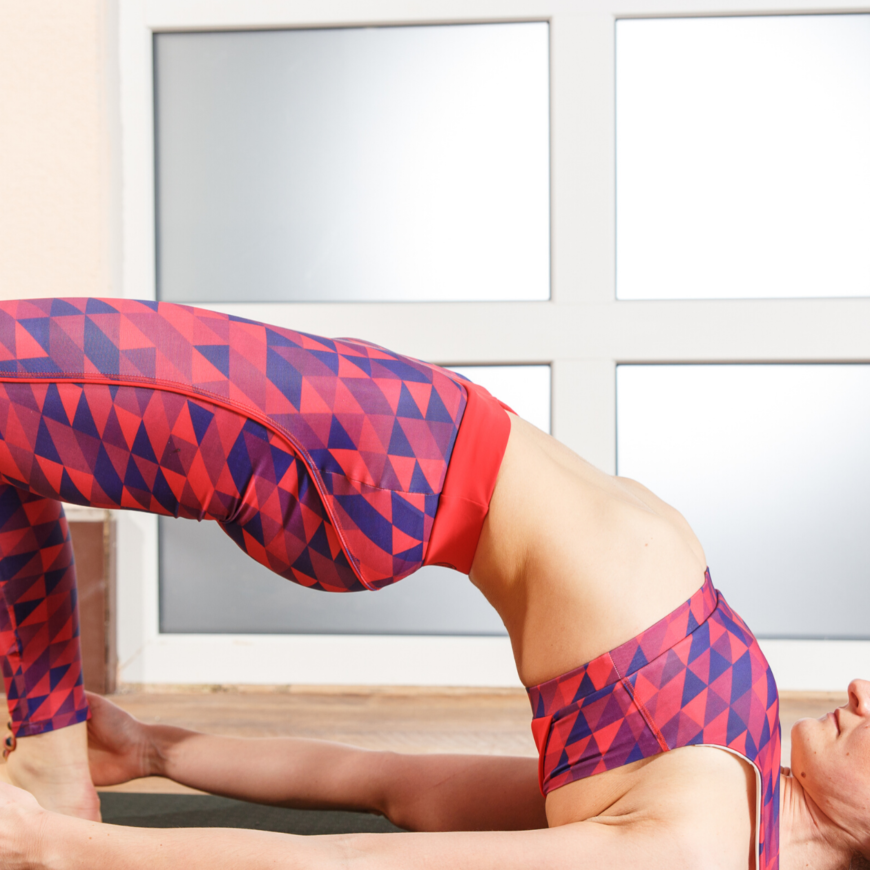Agnistambhasana is derived from the Sanskrit words Agni means fire or ignite, stambh means log or statue, and asana means pose or posture or seat. Agnistambhasana is an intermediate seated hip-opening asana, which is very useful. Agnistambhasana is also known as fire log pos, double pigeon pose or burning log pose in English. It is believed that Agnistambhasana opens the Muladhara (root) chakra. This chakra helps in providing mental and emotional strength. It also increases the individual sense of security and peace. It is also known as the burning log pose.
Benefits of Agnistambhasana
Agnistambhasana has a lot of benefits but always remember not to practice this asana if you are suffering from backache, hip injury, back injury, any recent surgery of wrist or back, spinal column ailments on the lower vertebrae. Do this asana with full caution and care and avoid if you have low or high blood pressure. Always do the asana under full supervision and guidance. Those who are suffering from hernia of any kind should avoid this practice.
- Agnistambhasana reduces tension, anxiety, and stress.
- Stimulates your abdominal organs.
- Helps in the opening of the hip and groin muscles.
- Provide you the strengthening your legs and calves.
- Helps in increasing the focus and concentration, knee, and thigh muscles.
- Enhance sexual health and improves digestive health, reduce back pain and lower body fat.
Steps of doing Agnistambhasana
Beginners can start the Agnistambhasana with a rolled blanket or cushions under the buttocks on the floor as beginners have less flexibility. Try to start with baddha konasana (bound angle pose) and sputa baddha konasana (reclining bound angle pose) to gain flexibility in the hips before attempting the pose.
- Sit on the yoga mat with a bent knee, and your feet should touch the ground.
- Gradually lift up your shoulders and try to let the tops of the upper arm bones move back. Now press the tips of the base of the shoulder bones directly into the back.
- Put your left foot under the right leg, and after that, place the leg that is outwardly on the floor.
- Place your right leg over the left leg and expand your toes by pressing your heels.
- Try to keep your front trunk long, inhale out and crease forward from your groins and maintain some space between your navel and pubis long. Breathe normally.
- Try this position for 1 or 2 minutes.
- Release from the current pose and breathe out and slowly get on to the starting position. Keep your both hands alongside your body, and keep your leg straight and take a deep breath and relax.
- Repeat the asana ten times, at least for better results.
- You may feel initially pain in your abs, hip, thigh, and shoulders.
- h and shoulders.





Add Comment